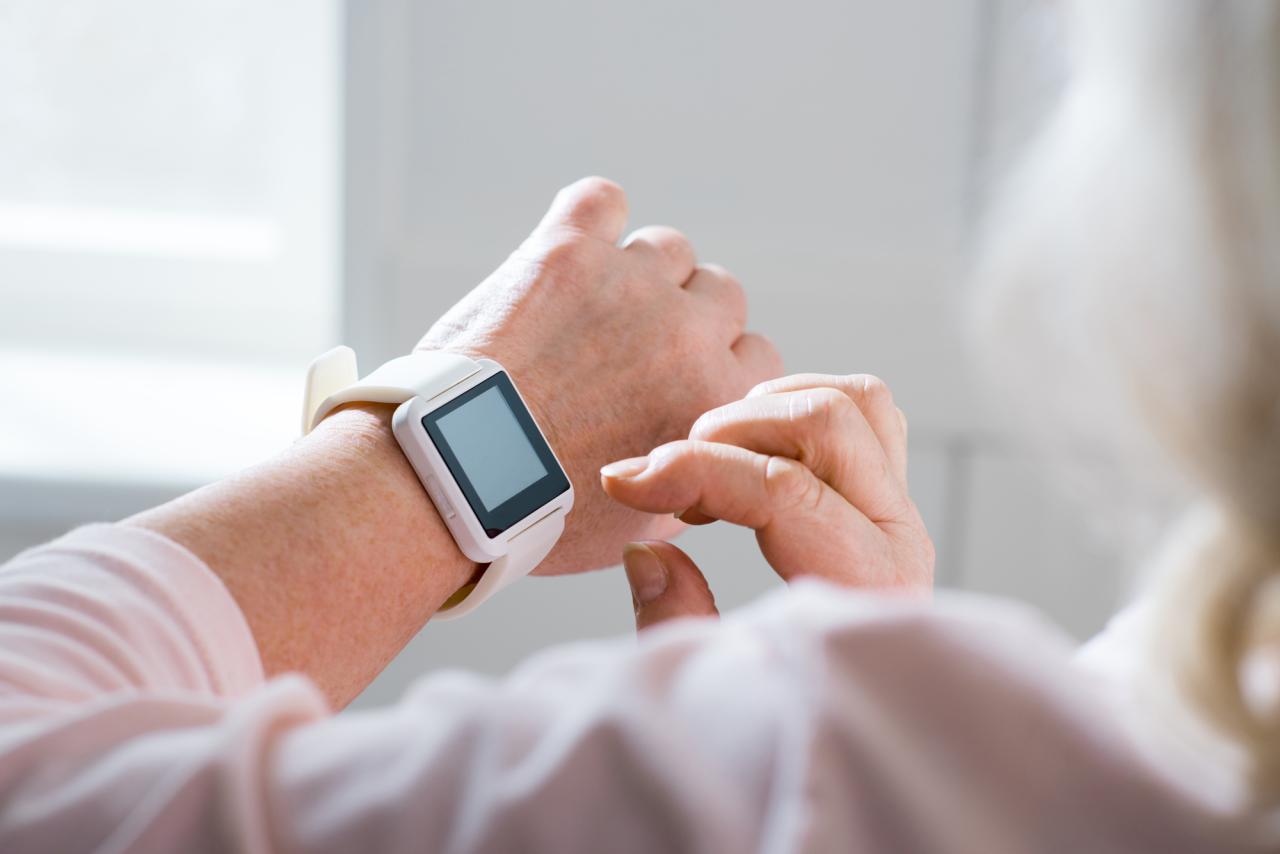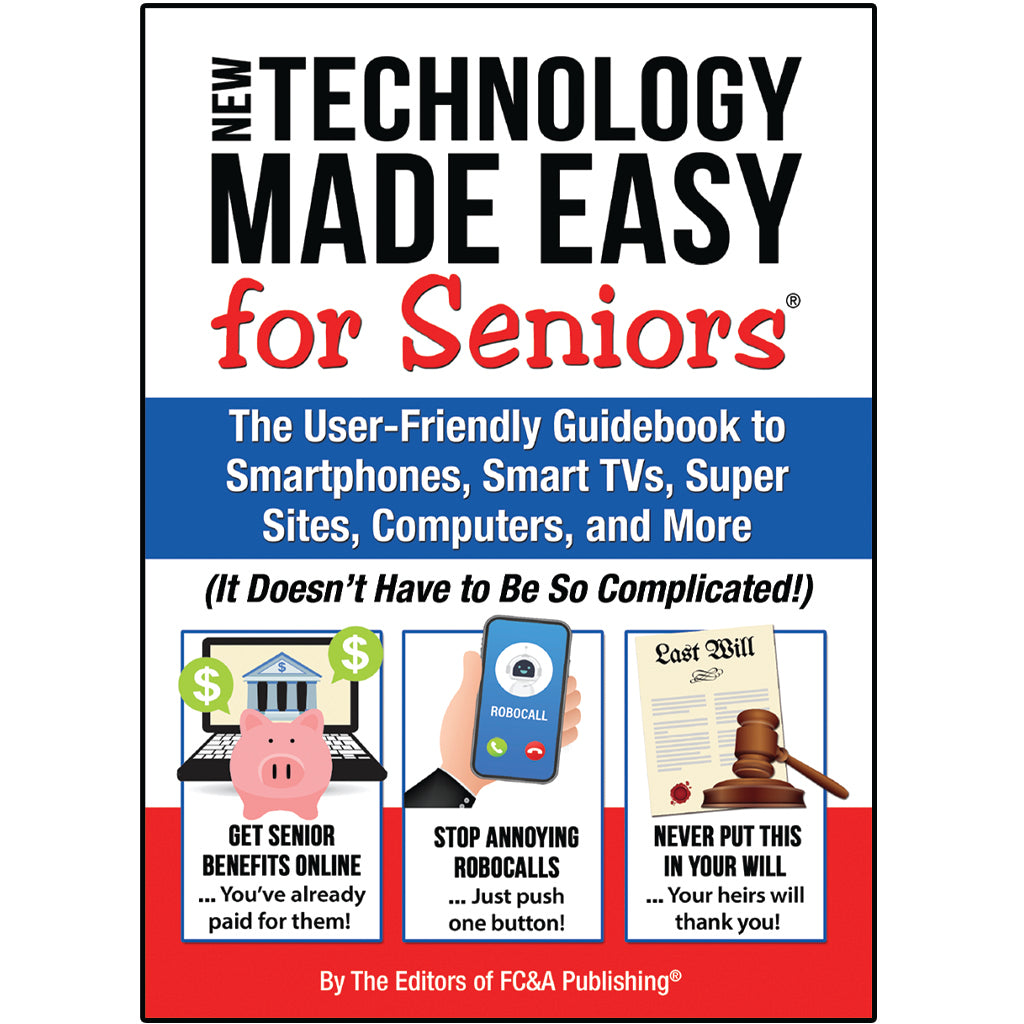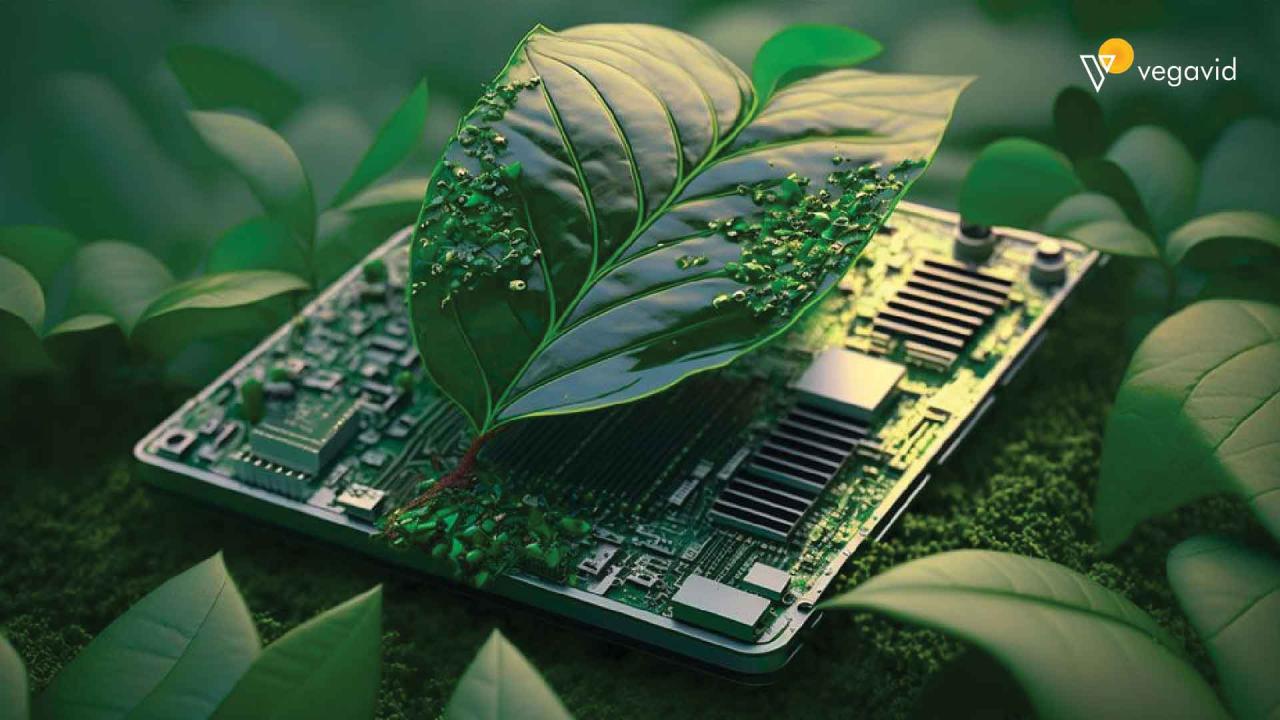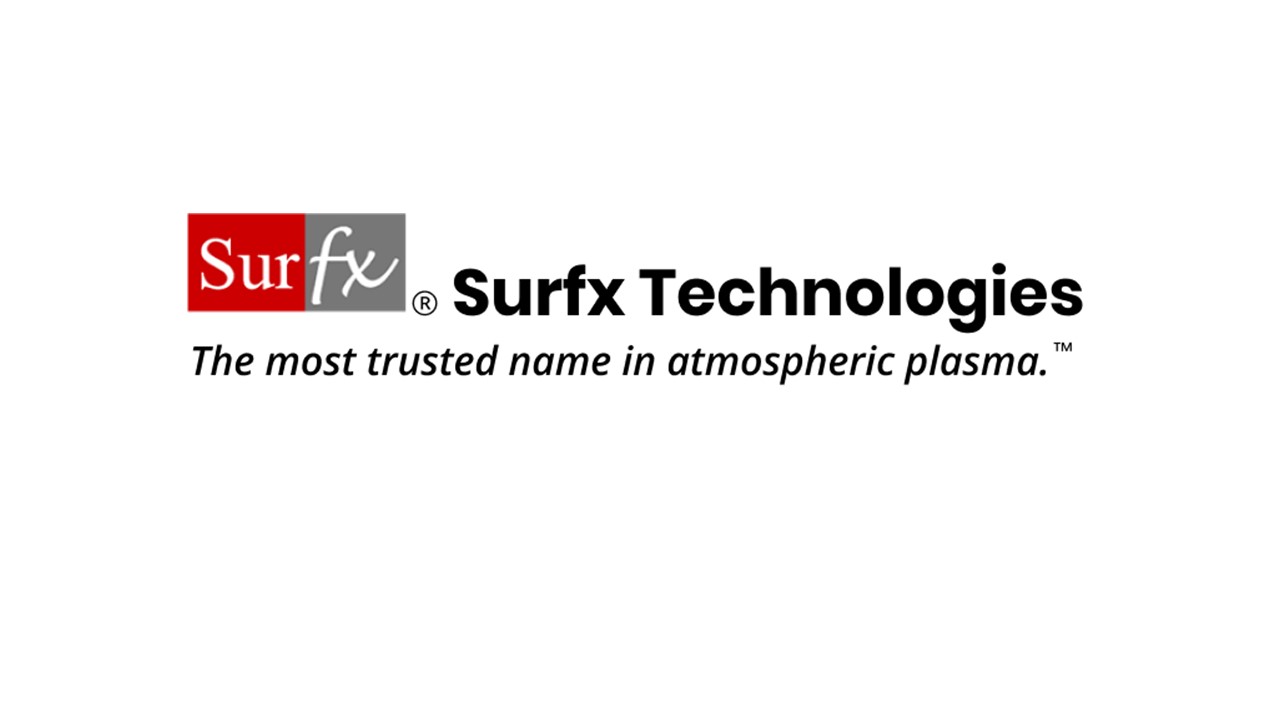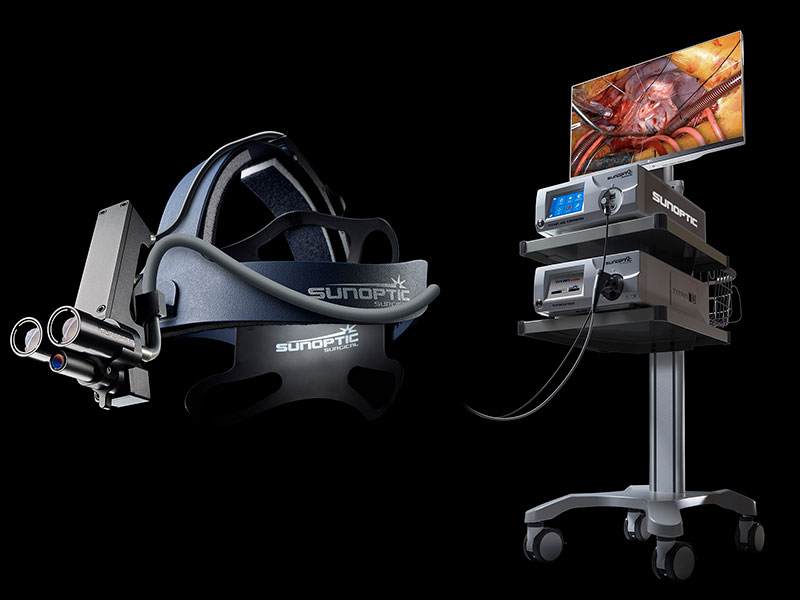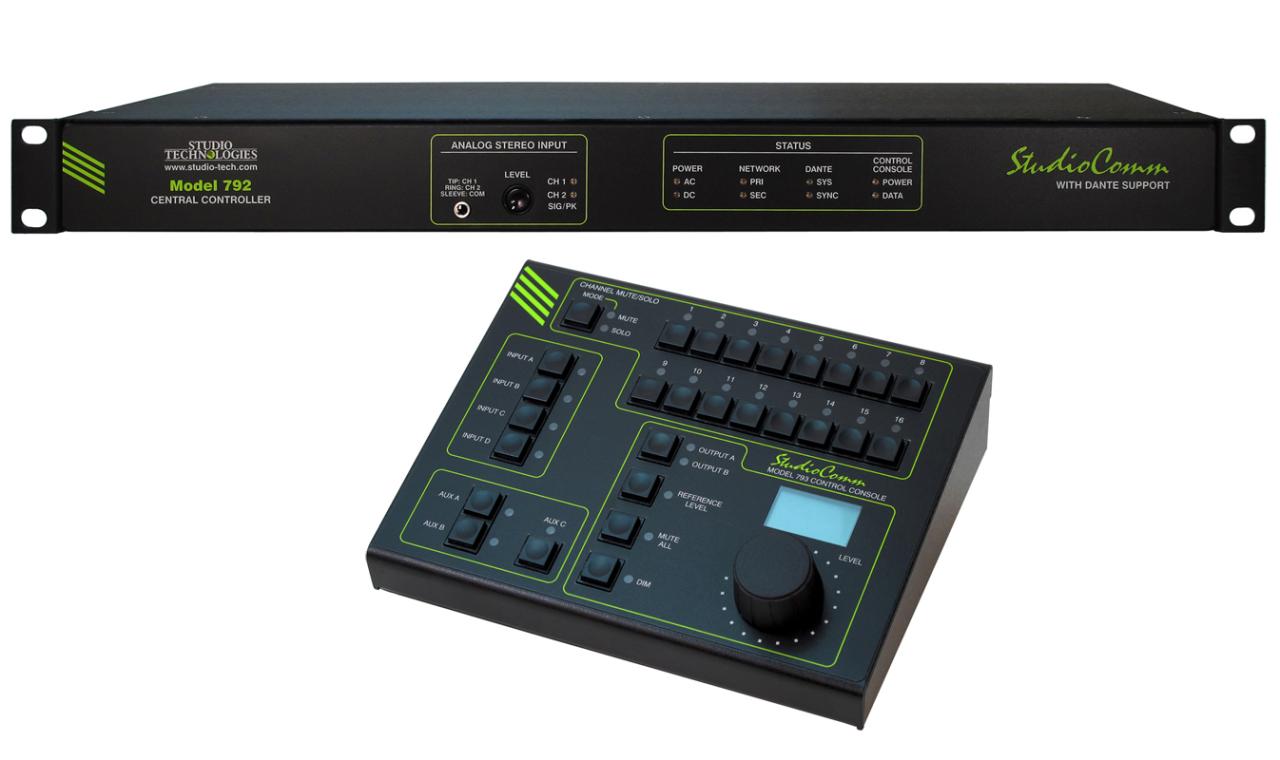Senior Living Technology Solutions: Bridging the Gap
Senior living technology solutions are revolutionizing how we care for and support our aging population. The demand for these solutions is steadily increasing, driven by a desire to enhance quality […]

Senior living technology solutions are revolutionizing how we care for and support our aging population. The demand for these solutions is steadily increasing, driven by a desire to enhance quality of life, promote independence, and address the growing challenges faced by seniors and their families. Technology is not just a convenience, it’s a powerful tool that empowers seniors to live more fulfilling lives while providing peace of mind to their loved ones.
From smart home devices that simplify daily tasks to telehealth platforms that connect seniors with medical professionals remotely, technology is transforming senior living in numerous ways. These solutions are designed to improve safety, health, and well-being while fostering a sense of community and connection. As technology continues to advance, we can expect even more innovative solutions that will reshape the future of senior care.
Types of Senior Living Technology Solutions

Senior living technology solutions are becoming increasingly common, offering a wide range of benefits for residents, families, and staff. These technologies aim to enhance safety, independence, and quality of life for seniors while providing peace of mind to their loved ones.
Categorization of Senior Living Technology Solutions
Technology solutions used in senior living can be broadly categorized into several key areas.
- Safety and Security: These technologies focus on enhancing resident safety and security, including fall detection, emergency response systems, and access control.
- Health and Wellness: Solutions in this category support resident health and well-being, such as remote patient monitoring, telehealth platforms, and fitness trackers.
- Communication and Socialization: These technologies facilitate communication and socialization among residents, families, and staff, including video calling, social media platforms, and interactive entertainment systems.
- Cognitive Engagement: Solutions in this category promote cognitive engagement and mental stimulation, such as brain training games, memory aids, and personalized learning platforms.
- Home Automation: This category encompasses technologies that automate various aspects of daily living, such as smart lighting, temperature control, and appliance management.
Benefits and Functionalities of Each Category, Senior living technology solutions
Each category of senior living technology offers unique benefits and functionalities.
Safety and Security
- Fall Detection Systems: These systems use sensors to detect falls and automatically alert caregivers or emergency services. Examples include wearable devices, motion sensors, and pressure mats. These systems provide immediate assistance in case of falls, reducing the risk of injury and complications.
- Emergency Response Systems: These systems allow residents to quickly and easily contact staff or emergency services in case of an emergency. They typically involve wearable pendants or buttons that can be pressed to send an alert. These systems offer peace of mind to residents and their families, knowing that help is readily available.
- Access Control Systems: These systems control access to different areas of the facility, such as resident rooms, common areas, and secure areas. They can use key cards, biometrics, or mobile apps to ensure the safety and security of residents and staff. These systems help to prevent unauthorized access and provide a secure environment.
Health and Wellness
- Remote Patient Monitoring: This technology allows healthcare professionals to monitor residents’ vital signs and other health data remotely. This data can be collected through wearable devices, sensors, or other connected devices. This technology enables early detection of health issues and facilitates timely intervention, improving overall health outcomes.
- Telehealth Platforms: These platforms allow residents to connect with healthcare professionals virtually for consultations, medication management, and other healthcare needs. This technology reduces the need for frequent hospital visits, improving convenience and access to care.
- Fitness Trackers: These devices track residents’ activity levels, sleep patterns, and other health metrics. This data can be used to promote physical activity, encourage healthy habits, and provide personalized fitness recommendations. These devices help residents stay active and maintain their overall well-being.
Communication and Socialization
- Video Calling: This technology allows residents to connect with family and friends remotely, fostering social interaction and reducing feelings of isolation. Video calling platforms like Zoom, Skype, and FaceTime offer convenient and affordable ways to stay connected.
- Social Media Platforms: These platforms provide opportunities for residents to connect with others online, share photos and stories, and participate in online communities. Facebook, Instagram, and Twitter are popular platforms that can enhance social interaction and engagement.
- Interactive Entertainment Systems: These systems provide residents with access to a variety of entertainment options, including movies, music, games, and educational content. They can be accessed through smart TVs, tablets, or dedicated entertainment systems. These systems provide stimulation, entertainment, and opportunities for social interaction.
Cognitive Engagement
- Brain Training Games: These games are designed to challenge cognitive skills, such as memory, attention, and problem-solving. Examples include Lumosity, Elevate, and Peak. These games can help maintain cognitive function and reduce the risk of cognitive decline.
- Memory Aids: These tools can help residents with memory challenges, such as medication reminders, appointment calendars, and personalized notes. Examples include smart pill dispensers, digital calendars, and voice assistants. These tools provide support and independence for residents with memory issues.
- Personalized Learning Platforms: These platforms offer customized learning experiences tailored to individual needs and interests. Examples include Coursera, edX, and Khan Academy. These platforms provide opportunities for lifelong learning and cognitive stimulation.
Home Automation
- Smart Lighting: This technology allows residents to control lighting levels and schedules remotely. This can enhance safety, comfort, and energy efficiency. Smart bulbs and lighting systems can be controlled through mobile apps or voice commands.
- Temperature Control: This technology allows residents to adjust room temperatures remotely, ensuring optimal comfort and energy savings. Smart thermostats can be programmed to automatically adjust temperatures based on resident preferences and schedules.
- Appliance Management: This technology enables residents to control appliances, such as refrigerators, ovens, and washing machines, remotely. Smart appliances can be programmed to perform specific tasks or receive alerts when they need attention.
Comparison of Senior Living Technology Solutions
| Technology Solution | Features | Target Audience | Cost |
|---|---|---|---|
| Fall Detection Systems | Wearable devices, motion sensors, pressure mats | Residents at risk of falls, those with mobility limitations | $100 – $500 per device |
| Emergency Response Systems | Wearable pendants, buttons, mobile apps | All residents, especially those with health concerns | $50 – $150 per device |
| Access Control Systems | Key cards, biometrics, mobile apps | Residents, staff, visitors | $500 – $5,000 per system |
| Remote Patient Monitoring | Wearable devices, sensors, connected devices | Residents with chronic conditions, those requiring frequent monitoring | $50 – $200 per month |
| Telehealth Platforms | Video conferencing, messaging, data sharing | Residents, families, healthcare professionals | $20 – $100 per month |
| Fitness Trackers | Activity tracking, sleep monitoring, health metrics | Residents interested in staying active and maintaining health | $50 – $200 per device |
| Video Calling | Video conferencing, screen sharing, messaging | Residents, families, friends | Free or subscription-based |
| Social Media Platforms | Online communities, sharing, messaging | Residents interested in connecting with others online | Free or subscription-based |
| Interactive Entertainment Systems | Movies, music, games, educational content | All residents, especially those seeking entertainment and cognitive stimulation | $50 – $500 per system |
| Brain Training Games | Cognitive exercises, memory challenges, problem-solving | Residents interested in maintaining cognitive function | Free or subscription-based |
| Memory Aids | Medication reminders, calendars, notes | Residents with memory challenges | $20 – $100 per device |
| Personalized Learning Platforms | Online courses, educational resources, personalized learning paths | Residents interested in lifelong learning and cognitive stimulation | Free or subscription-based |
| Smart Lighting | Remote control, scheduling, energy efficiency | All residents | $20 – $100 per bulb |
| Temperature Control | Remote adjustment, programming, energy savings | All residents | $100 – $300 per thermostat |
| Appliance Management | Remote control, scheduling, alerts | All residents | $50 – $200 per appliance |
Impact of Technology on Senior Living
Technology is revolutionizing the senior living landscape, offering numerous benefits that enhance the quality of life for seniors. From promoting independence to fostering social connections, technology is playing a crucial role in creating a more comfortable, safe, and fulfilling experience for older adults.
Impact on Quality of Life
Technology significantly improves the quality of life for seniors by empowering them to maintain their independence and participate actively in their communities. For instance, smart home devices allow seniors to control lighting, temperature, and appliances with ease, enhancing their comfort and convenience. Telehealth platforms provide access to remote medical consultations, reducing the need for frequent hospital visits and enabling seniors to receive personalized care from the comfort of their homes. Furthermore, assistive technologies, such as mobility aids and hearing aids, help seniors overcome physical limitations and maintain their mobility and communication abilities.
Implementation and Adoption of Senior Living Technology Solutions
Successfully integrating technology into senior living facilities is crucial for enhancing resident well-being, improving operational efficiency, and staying competitive in the evolving senior care landscape. However, the implementation process presents unique challenges and considerations that must be addressed for successful adoption.
Challenges and Considerations for Implementing Technology
Implementing technology in senior living facilities presents several challenges, including:
- Resistance to Change: Many older adults may be hesitant to embrace new technologies, particularly if they are unfamiliar with them or perceive them as complex.
- Privacy and Security Concerns: Senior living facilities handle sensitive personal information, and implementing technology requires robust security measures to protect resident data.
- Training and Support: Residents, staff, and families need comprehensive training and ongoing support to effectively use new technologies.
- Cost and Infrastructure: Investing in technology can be costly, and facilities must ensure their infrastructure can support the chosen solutions.
- Interoperability: Integrating different technologies and systems can be challenging, requiring careful planning and consideration of compatibility.
To address these challenges, senior living facilities should:
- Engage Residents and Families: Involve residents and their families in the decision-making process, consider their needs and preferences, and provide clear explanations about the benefits of technology.
- Prioritize User-Friendly Solutions: Choose technologies that are intuitive and easy to use, with clear instructions and support resources available.
- Invest in Training and Support: Offer comprehensive training programs for residents, staff, and families, providing ongoing support and troubleshooting assistance.
- Address Privacy and Security Concerns: Implement robust security measures to protect resident data, including data encryption, access controls, and regular security audits.
- Consider Long-Term Sustainability: Evaluate the long-term costs and benefits of technology investments, ensuring they are sustainable and align with the facility’s goals.
Key Stakeholders Involved in the Adoption Process
Several key stakeholders play a critical role in the successful adoption of technology in senior living:
- Residents: The primary beneficiaries of technology, their needs, preferences, and comfort levels should be at the forefront of decision-making.
- Families: Family members often play a significant role in supporting residents’ technology adoption, providing guidance and assistance.
- Staff: Technology implementation impacts staff workflows and requires adequate training and support to ensure effective utilization.
- Management: Leadership plays a vital role in setting the vision for technology adoption, allocating resources, and fostering a culture of innovation.
- Technology Providers: Choosing the right technology partners is essential for successful implementation, ensuring solutions meet the facility’s specific needs and provide ongoing support.
Step-by-Step Guide for Successful Technology Implementation
Implementing technology in senior living requires a systematic approach to ensure a smooth and successful adoption process:
- Assess Needs and Goals: Identify the specific needs and goals of the facility, considering resident preferences, staff workflows, and operational improvements.
- Research and Select Technology Solutions: Thoroughly research and evaluate different technology solutions, considering factors like user-friendliness, security, cost, and compatibility.
- Develop a Comprehensive Implementation Plan: Create a detailed plan outlining the implementation timeline, resource allocation, training programs, and communication strategies.
- Pilot Test and Gather Feedback: Pilot test the chosen technology solutions with a small group of residents, staff, and families to gather feedback and make necessary adjustments.
- Roll Out and Provide Ongoing Support: Gradually roll out the technology solutions, providing comprehensive training and ongoing support to ensure effective utilization.
- Monitor and Evaluate: Regularly monitor the effectiveness of technology solutions, gather feedback from residents, staff, and families, and make adjustments as needed.
Future Trends in Senior Living Technology

The senior living landscape is rapidly evolving, driven by technological advancements that are revolutionizing the way we care for and support older adults. As technology continues to progress at an unprecedented pace, we can expect to see even more transformative innovations in senior living in the years to come.
Emerging Technologies and Their Potential Impact on Senior Care
Emerging technologies hold the potential to address some of the most pressing challenges in senior care, enhancing the quality of life for older adults and supporting caregivers.
- Artificial Intelligence (AI): AI-powered systems are being developed to provide personalized care, monitor health conditions, and offer companionship. For example, AI-powered virtual assistants can help seniors with tasks like scheduling appointments, managing medications, and staying connected with loved ones. AI-enabled sensors can detect falls, monitor vital signs, and alert caregivers in real-time. AI can also be used to personalize care plans based on individual needs and preferences.
- Internet of Things (IoT): The IoT is connecting devices and appliances in senior living facilities, creating smart environments that can enhance safety, comfort, and independence. Smart sensors can detect changes in behavior, such as unusual activity patterns or changes in sleep habits, providing early warnings of potential health issues. Smart home devices can be controlled remotely, allowing caregivers to adjust lighting, temperature, and other environmental factors to meet the needs of residents. The use of smart home devices and sensors can improve the overall quality of life for seniors and provide peace of mind for their families.
- Virtual Reality (VR) and Augmented Reality (AR): VR and AR technologies offer innovative ways to engage seniors and provide therapeutic experiences. VR can be used to create immersive environments that allow seniors to relive past memories, explore new places, or participate in interactive activities. AR can be used to overlay digital information onto the real world, helping seniors navigate their surroundings, access information, and engage in interactive games and exercises.
- Robotics: Robots are increasingly being used in senior care to provide assistance with tasks such as mobility, medication management, and companionship. Robots can assist with tasks such as retrieving items, reminding seniors to take medications, and providing social interaction. Robots can also be used to monitor seniors remotely, providing caregivers with real-time information about their well-being.
- Telehealth: Telehealth technologies are enabling seniors to access healthcare services remotely, reducing the need for in-person visits and improving access to specialized care. Telehealth platforms allow seniors to consult with doctors, nurses, and other healthcare professionals via video conferencing, phone calls, and other digital tools. This can be particularly beneficial for seniors who live in rural areas or have limited mobility.
Transforming Senior Living in the Next Decade
Imagine a future where senior living communities are equipped with advanced technologies that seamlessly integrate into every aspect of daily life.
“In the next decade, senior living will be transformed by technology, creating a future where older adults can live longer, healthier, and more fulfilling lives.”
Here’s a glimpse into how technology might reshape senior living:
- Personalized Care Plans: AI-powered systems will analyze data from wearable devices, sensors, and other sources to create personalized care plans tailored to individual needs and preferences. This will enable caregivers to provide proactive and preventative care, addressing potential health issues before they become serious.
- Smart Homes and Communities: Senior living communities will be equipped with smart home technologies that provide residents with greater independence and control over their environment. Smart homes will allow seniors to manage their lighting, temperature, and other environmental factors, as well as access entertainment, communication, and healthcare services remotely. This will enhance their quality of life and allow them to live more independently for longer.
- Virtual Companionship: AI-powered virtual companions will provide seniors with companionship and social interaction, reducing feelings of isolation and loneliness. Virtual companions can engage in conversations, play games, and offer support and encouragement. This can be particularly beneficial for seniors who live alone or have limited social interaction.
- Enhanced Safety and Security: Smart sensors and cameras will monitor residents’ well-being, detecting falls, changes in behavior, and other potential health issues. This will allow caregivers to intervene quickly and provide timely assistance, ensuring the safety and security of seniors.
- Remote Monitoring and Care: Telehealth technologies will allow caregivers to monitor seniors remotely, providing virtual check-ins, medication reminders, and other support services. This will enable seniors to receive care in the comfort of their own homes, reducing the need for institutional care.
Ultimate Conclusion
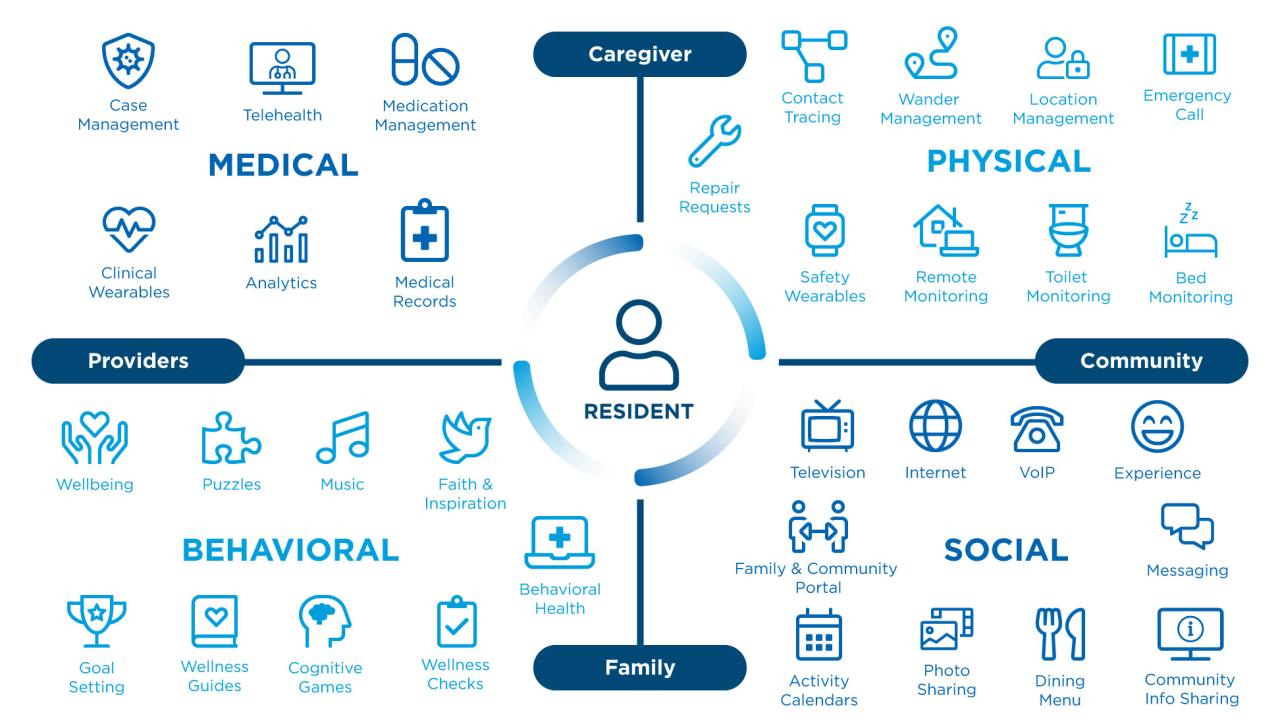
The integration of technology in senior living is no longer a futuristic concept, but a tangible reality that is making a positive impact on the lives of countless individuals. By embracing technology, we can create a more supportive and fulfilling environment for seniors, allowing them to age gracefully with dignity and independence. As technology continues to evolve, we can expect even more exciting advancements that will further enhance the quality of life for seniors and their families.
Senior living technology solutions are becoming increasingly sophisticated, offering a wide range of tools and services to enhance the quality of life for older adults. For those interested in pursuing a career in this rapidly growing field, the Georgia Institute of Technology scholarships provide excellent opportunities for aspiring engineers and technologists.
These scholarships can help students gain the knowledge and skills needed to develop innovative solutions that address the unique needs of senior citizens.
